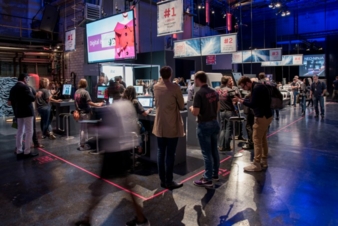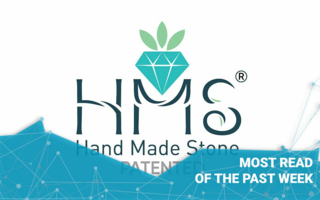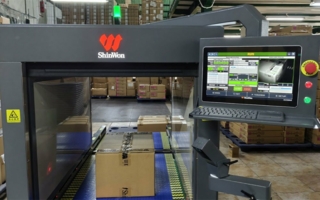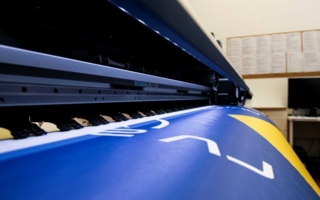23/01/2018 – Microfactory - part 1 — auf Deutsch lesen
New opportunity for the apparel industry
What does the production of the future look like and what possibilities lie behind buzzwords like digitization and Industry 4.0?
To provide answers to the questions involving the textile industry, several companies have joined forces to produce a Microfactory that’s specifically designed to meet the needs of the apparel industry.
“With the Microfactory for the apparel industry, we can demonstrate a fully networked, integrated production chain from design through to the finished product - this consistent digital process is a particularly important milestone for the fashion industry on its way to Industry 4.0,” says Alexander Artschwager of the DITF Denkendorf, which is coordinating the Microfactory project. The technology approach of the Microfactory combines the 3D simulation of apparel directly with the production, pointing the way to the future of apparel manufacturing. The Microfactory saves time, because it brings together the individual production steps into one place and reduces material consumption. The quality of the design is increased, especially in the case of complex products and fabric designs, and it also opens the door to customer-oriented production.
The aim is to produce clothing cost-effectively and efficiently – even in batch size 1
Interfaces now exist between the products of eleven companies in all. The concept passed its practical test impressively at the Texprocess and the Munich Fabric Start and was a real magnet for visitors at both trade fairs. “In Munich, we were able to show that it’s possible to produce an individualized shirt in less than four hours,” says Dr. Andreas Seidl, CEO of the Human Solutions Group. The Group’s subsidiary Assyst enables the entry into the digital process with its 3D simulation software Vidya. Production starts with an individual design. The customer designs his shirt, can examine it from all sides and alter it if necessary before the production process begins. Now it’s the turn of the Color Management of Caddon for the next step: “We have developed a bridge that closes the gap between design and production,” explains Caddon’s Michael Nothelfer. The technology of the specialist color and printing company captures color samples of fabrics multi-spectrally, so that the metrological proof and the visually-correct color display form an inseparable unit that cannot be manipulated. The 3D simulation and the 2D textile printing, which is achieved a little later, have exactly the same visual appearance. At the trade fairs, the designs were optimally positioned on the fabric with the ErgoSoft RIP V15, screened in true color and printed on polyester and cotton. Cutting was carried out using a camera-supported process, followed by immediate sewing or welding.
We’ll introduce the Microfactory’s work steps to you in more detail in the weeks to come.
To the video please click Here




